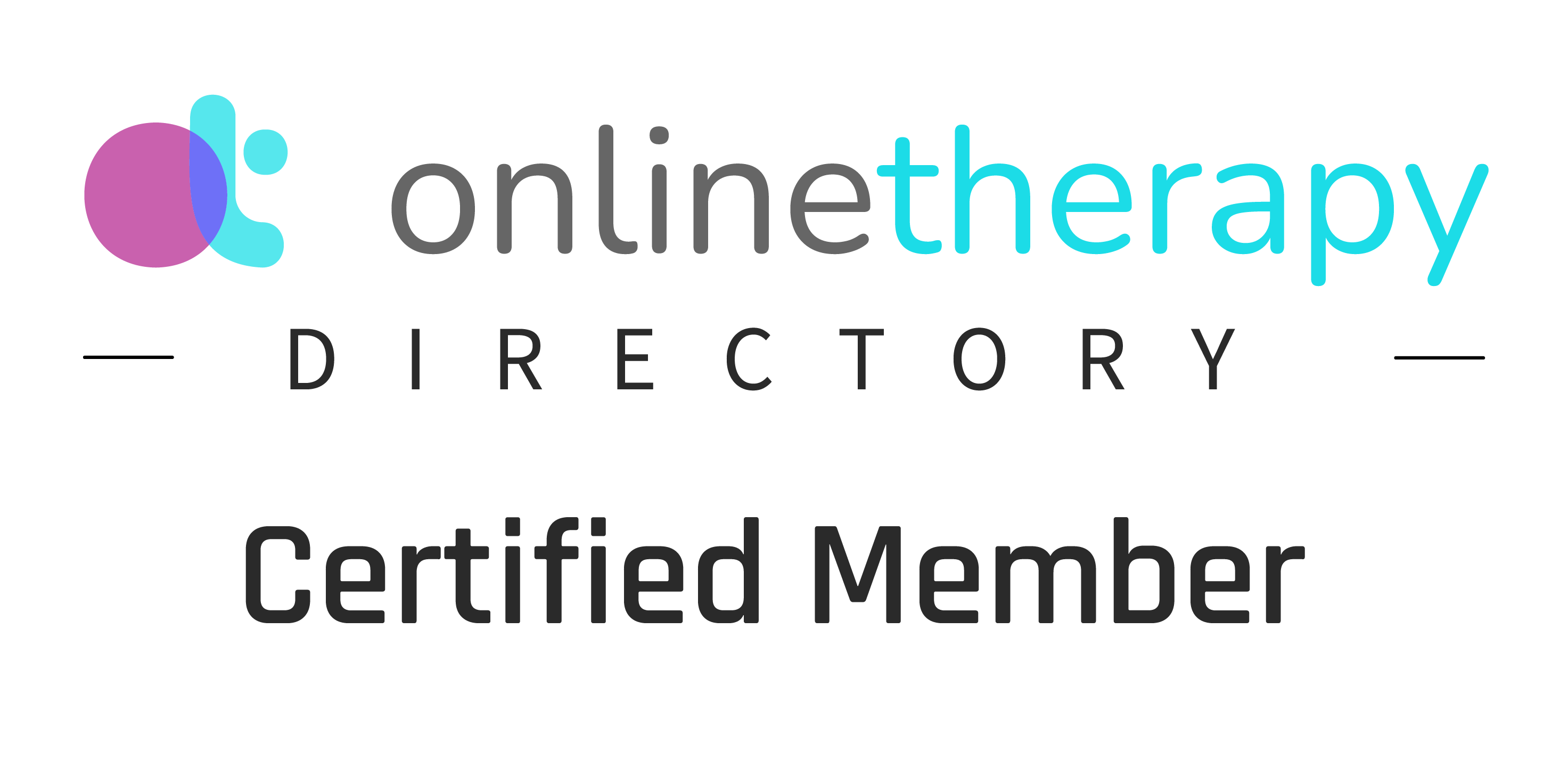EMDR Therapy – Is it a quick fix or does it create long lasting change?
In recent years, EMDR (Eye Movement Desensitization and Reprocessing) therapy has gained recognition as a powerful tool for processing trauma and other deeply rooted emotional challenges. As an EMDR trained therapist I often get a lot of questions about EMDR, including is it actually effective, and is it really just a magical tool? The answers are yes, and also..kind of yes! As a therapist who uses EMDR therapy regularly with clients, and also as a client myself who has received EMDR therapy it sometimes does feel a bit like magic. Clients can leave sessions unsure if much happened for them, and then weeks later realize that the issue we were working on doesn’t feel as emotionally charged or bothersome anymore. At the same time, many people wonder: is EMDR just a quick fix, or does it lead to meaningful, lasting change? Let’s dive into what makes EMDR effective and address some frequently asked questions to help you decide if it’s the right fit for you.

What Is EMDR Therapy?
EMDR is a structured therapy designed to help individuals process distressing memories and experiences. Unlike traditional talk therapy, EMDR uses bilateral stimulation (often through guided eye movements, taps, or sounds) to help the brain reprocess traumatic memories, reducing their emotional intensity.
The goal of EMDR isn’t just symptom relief—it’s about reshaping how you view yourself, others, and the world. For example, a memory that once triggered shame or fear might, through EMDR, transform into a neutral or even empowering narrative. An example of this can be when certain events in your life have made you feel chronically like you are not good enough. Using EMDR therapy your therapist can help you identify where that belief started and help shape more neutral and positive beliefs about yourself: “I am good enough as I am”.
The Neuroscience Behind EMDR
To understand why EMDR works, it helps to explore how trauma affects the brain. Think of your brain like a library. In everyday life, memories are filed neatly into categories. Traumatic experiences, however, can’t always be filed away properly. Instead, they get stuck—like books scattered on the floor—making it hard to move through the library without tripping.
Here’s what happens in the brain during trauma:
- Amygdala (The Alarm System): When you experience something distressing, your amygdala, the brain’s “fire alarm,” gets activated to keep you safe. If the trauma is too overwhelming, this alarm stays on high alert, storing the memory as a highly charged emotional event.
- Hippocampus (The Librarian): The hippocampus, which organizes and contextualizes memories, struggles under extreme stress. It can’t “file” the traumatic event properly, so the memory remains raw, vivid, and easily re-triggered by reminders.

How EMDR Reprocesses Memories
EMDR acts like a skilled librarian who helps clean up the mess and re-shelf those scattered books. Using bilateral stimulation—eye movements, taps, or sounds—EMDR re-engages the brain’s natural memory-processing systems. Here’s how it works:
- Dual Attention: During an EMDR session, you focus on a distressing memory while engaging in bilateral stimulation. This dual focus helps your brain safely revisit the memory without feeling overwhelmed.
- Turning Down the Alarm: The bilateral stimulation signals the amygdala to lower its alarm response. It’s like dimming a too-bright spotlight so you can look at the memory more calmly.
- Reshelving the Memory: The hippocampus steps back in to “file” the memory properly, allowing it to integrate into your life story without overwhelming emotional weight.
- Adopting Healthier Beliefs: As the memory is processed, the brain naturally reframes it. What once felt like “I’m powerless” can shift to “I’m strong and resilient.”
Research supports EMDR as an evidence-based treatment for trauma, PTSD, anxiety, depression, and even chronic pain. Remarkably, studies using brain imaging (like fMRI scans) show that after EMDR therapy, activity in the brain’s emotional centers decreases while connectivity in logical, reasoning areas increases. This “rewiring” makes EMDR’s changes both meaningful and long-lasting.

FAQ About EMDR Therapy
1. Is EMDR a quick fix?
Not exactly. While EMDR can bring relief more quickly than some other methods, it’s not a shortcut. The speed depends on the complexity of your experiences. For some, significant changes may happen in a few sessions, but deeper work might require more time. It’s common for clients to start with the assumption that EMDR will fix everything in one or two sessions, but therapy is a process, and lasting change takes time and commitment.
2. What kinds of issues can EMDR help with?
EMDR is most commonly associated with trauma and PTSD, but it’s also effective for:
- Anxiety and panic disorders
- Grief and loss
- Phobias
- Low self-esteem
- Chronic pain
- Relationship challenges
3. What does an EMDR session look like?
In an EMDR session, your therapist will guide you to focus on a distressing memory while simultaneously engaging in bilateral stimulation (like following their finger with your eyes). The process helps reduce the memory’s emotional charge and allows new, healthier beliefs to emerge.
4. Is EMDR emotionally intense?
EMDR can bring up strong emotions as you process painful memories, but your therapist will ensure you feel safe and supported throughout the process. Over time, the emotional intensity decreases as healing takes place.
5. Can EMDR be done online?
Yes! EMDR therapy can be adapted for virtual sessions. Therapists often use tools like on-screen visuals, taps, or auditory cues to create bilateral stimulation. Many clients find it just as effective as in-person sessions.
6. Is EMDR better in person or online?
Both in-person and online EMDR can be highly effective, and the best choice depends on your personal preferences and circumstances. In-person sessions may feel more grounding for those who value physical presence and a face-to-face connection. Online sessions, on the other hand, offer convenience and accessibility, allowing clients to work through trauma from the comfort of their own home. Rest assured, whether in-person or virtual, the key to successful EMDR lies in the therapeutic relationship and the structured approach—both of which remain consistent across formats.

Why Choose EMDR in Vancouver or Online?
Whether you are navigating trauma, struggling with anxiety, or feeling stuck in patterns that no longer serve you, EMDR therapy could be the transformative tool you need. You can try it in Vancouver, where our cozy and secure office is located, or online for those preferring the comfort of home, EMDR offers an accessible and effective path to healing.
Our team is full of trained EMDR therapists and we’re here to guide you through the process. Together, we’ll work toward long-term changes that empower you to move forward with clarity and confidence.
Ready to Begin Your EMDR Journey?
If you’re curious about EMDR or want to see if it’s right for you, let’s connect! We offer both in-person sessions in Vancouver and secure online therapy for clients across BC. Contact us today to book a consultation and take the first step toward lasting change.




